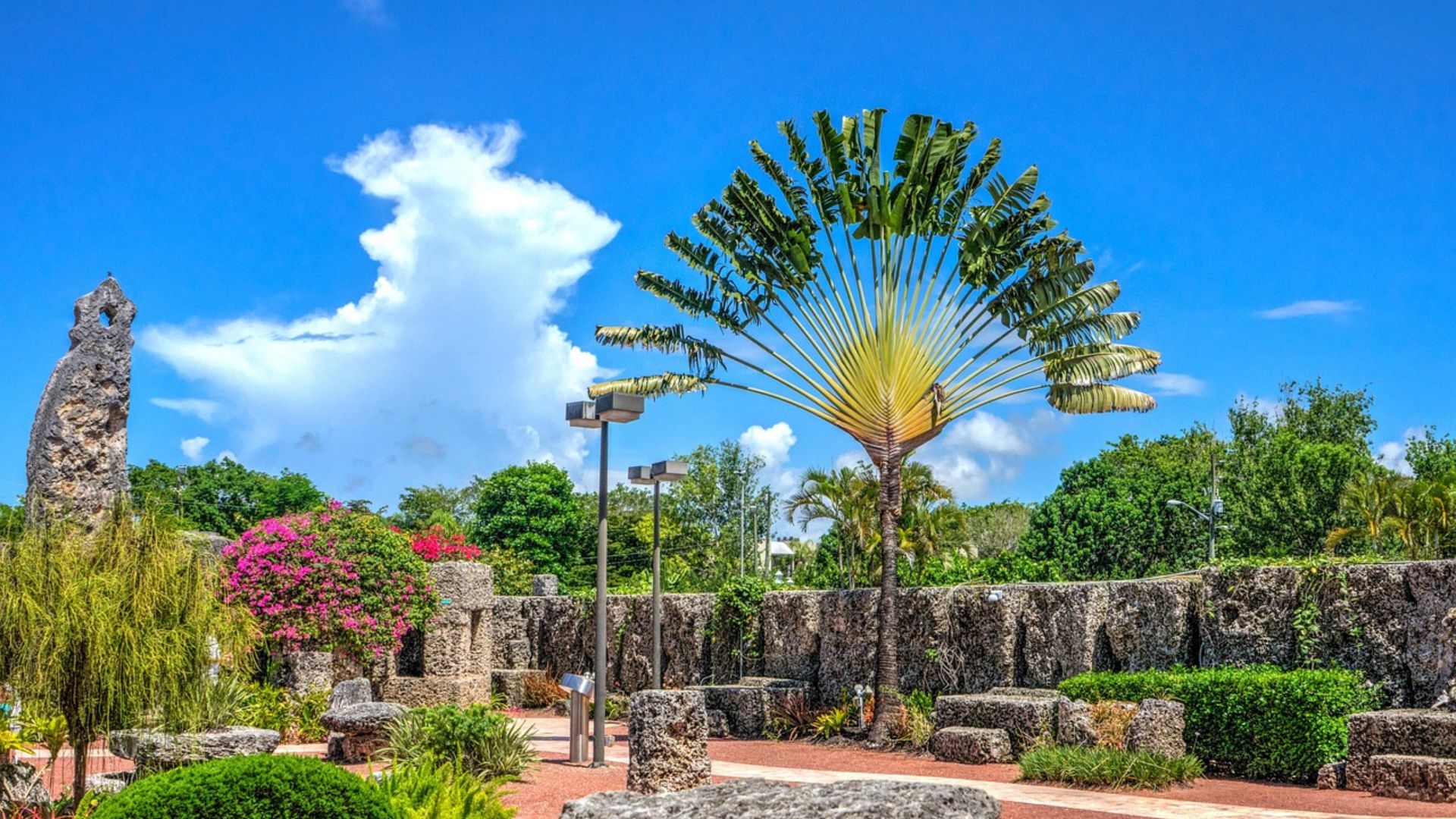
When you visit a historical site, you expect something worth the effort. You paid for the ticket, stood in line, possibly hiked uphill, and definitely brought overpriced snacks you weren’t supposed to. The least you deserve is a structure that still looks like what it’s supposed to be. It is true that not all tourist stops get the same level of upkeep. Some benefit from decades of careful restoration and local pride. Others seem to rely entirely on your imagination and tolerance for dirt. The issue is effort, as you can usually tell when a place has been cared for versus when it’s just being exploited for profit. So, first, here are seven well-preserved wonders that absolutely deserve a spot on your itinerary. These are the ones that remain strong and are worth your time.
Petra, Jordan
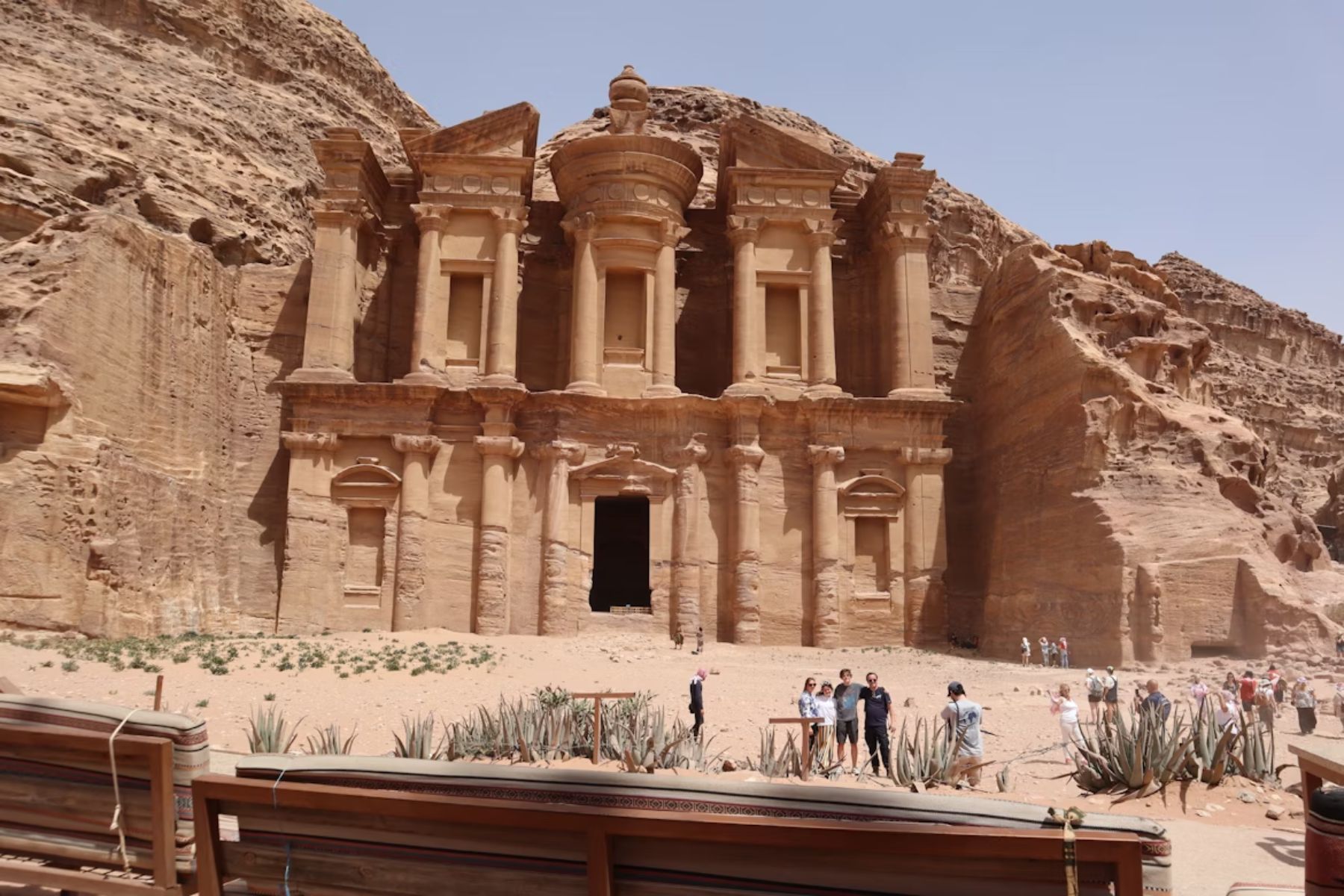
Carved into rose-colored sandstone cliffs more than 2,000 years ago by the Nabataeans, Petra still holds its ground with grace. The Treasury and Monastery remain remarkably intact, showcasing bold Hellenistic design. Even the original water channels survive, a quiet but powerful reminder of Petra’s brilliant hydraulic engineering.
The Colosseum, Italy
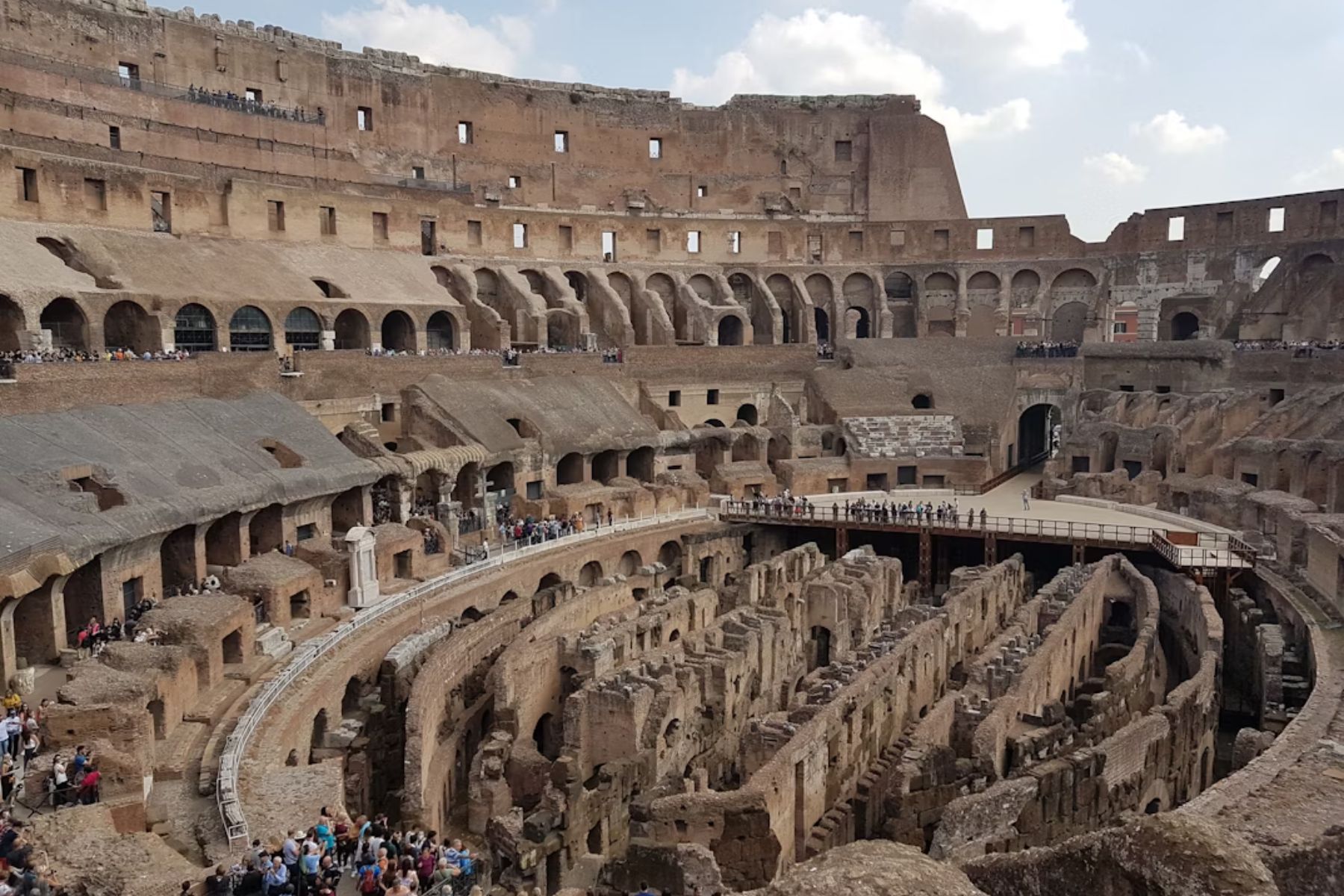
The Colosseum has been standing tall since 80 AD, and despite the odds—earthquakes, bombings, and centuries of looting—it still holds onto its iconic arches. This ancient amphitheater helped shape the way modern stadiums are built. Today, visitors can walk through exhibitions and step onto parts of the arena floor and lower levels.
Angkor Wat, Cambodia

Built in the 12th century, Angkor Wat holds the record as the largest religious monument on Earth. Its layout aligns perfectly with the solar equinoxes, and a vast moat adds to its grandeur. Step inside, and you’ll find intricate bas-reliefs narrating Hindu epics like the Ramayana. Despite centuries of jungle encroachment, the temple stands strong.
The Parthenon, Greece

Between 447 and 432 BC, artisans shaped the Parthenon from gleaming Pentelic marble with astonishing precision. Much of its original temple floor lies in place, framed by those iconic columns. It has survived transformations into a church and mosque, plus the scars of Ottoman bombardment.
Machu Picchu, Peru

Hidden high in the Andes, Machu Picchu remained untouched for centuries until Hiram Bingham brought it to light in 1911. This 15th-century Incan city still stuns with its perfectly preserved terraces, temples, and sky-aligned features. Now a UNESCO World Heritage Site, it ranks among the world’s most iconic spots for adventure.
The Great Wall Of China
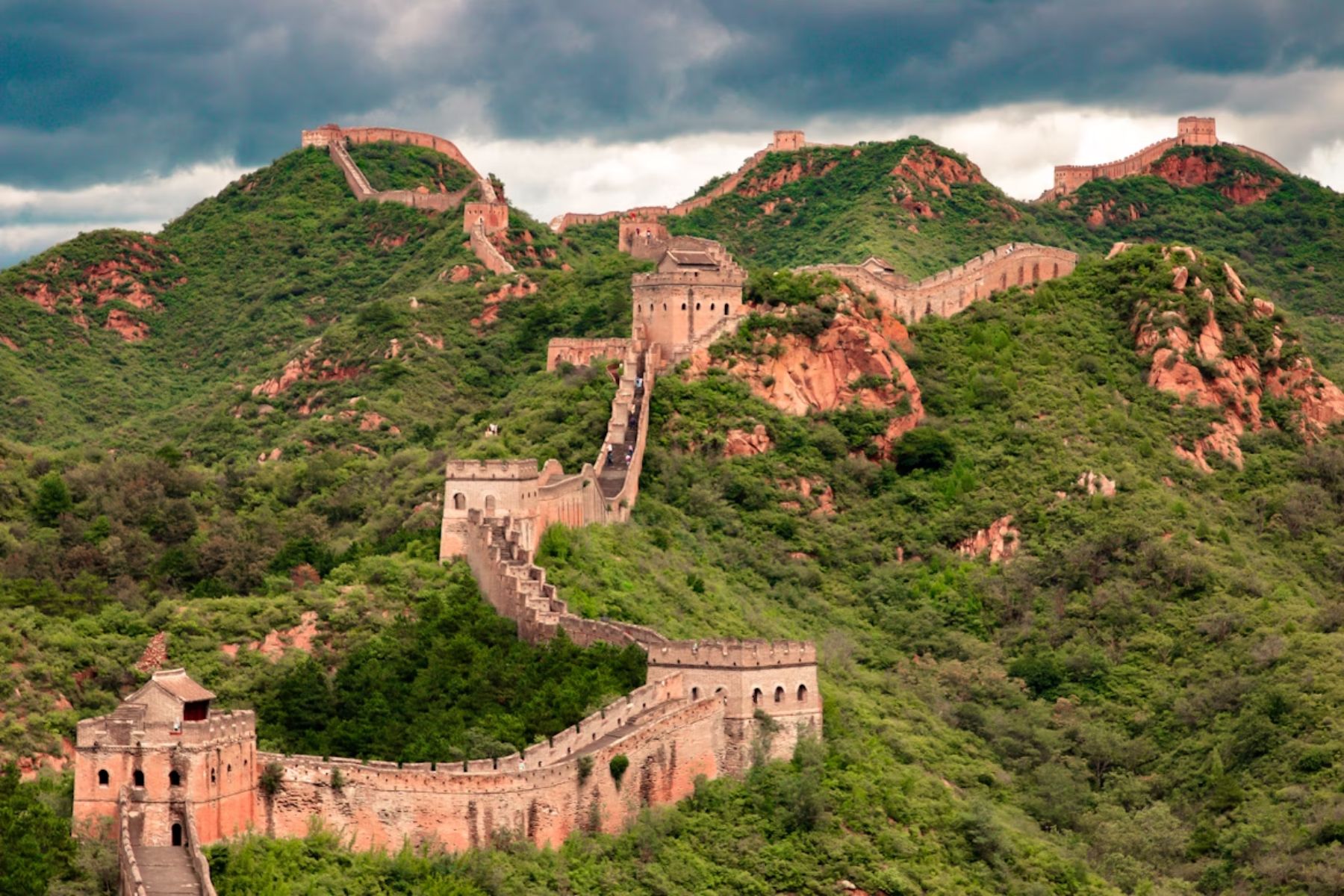
No landmark traces the horizon quite like the Great Wall of China. Spanning more than 13,000 miles, it weaves through centuries of history with sections of original stone and brick still intact. First raised in the 7th century BC as a defense system, the Wall now stands as a monumental tribute to ancient engineering on a global scale.
Roman Aqueduct Of Segovia, Spain
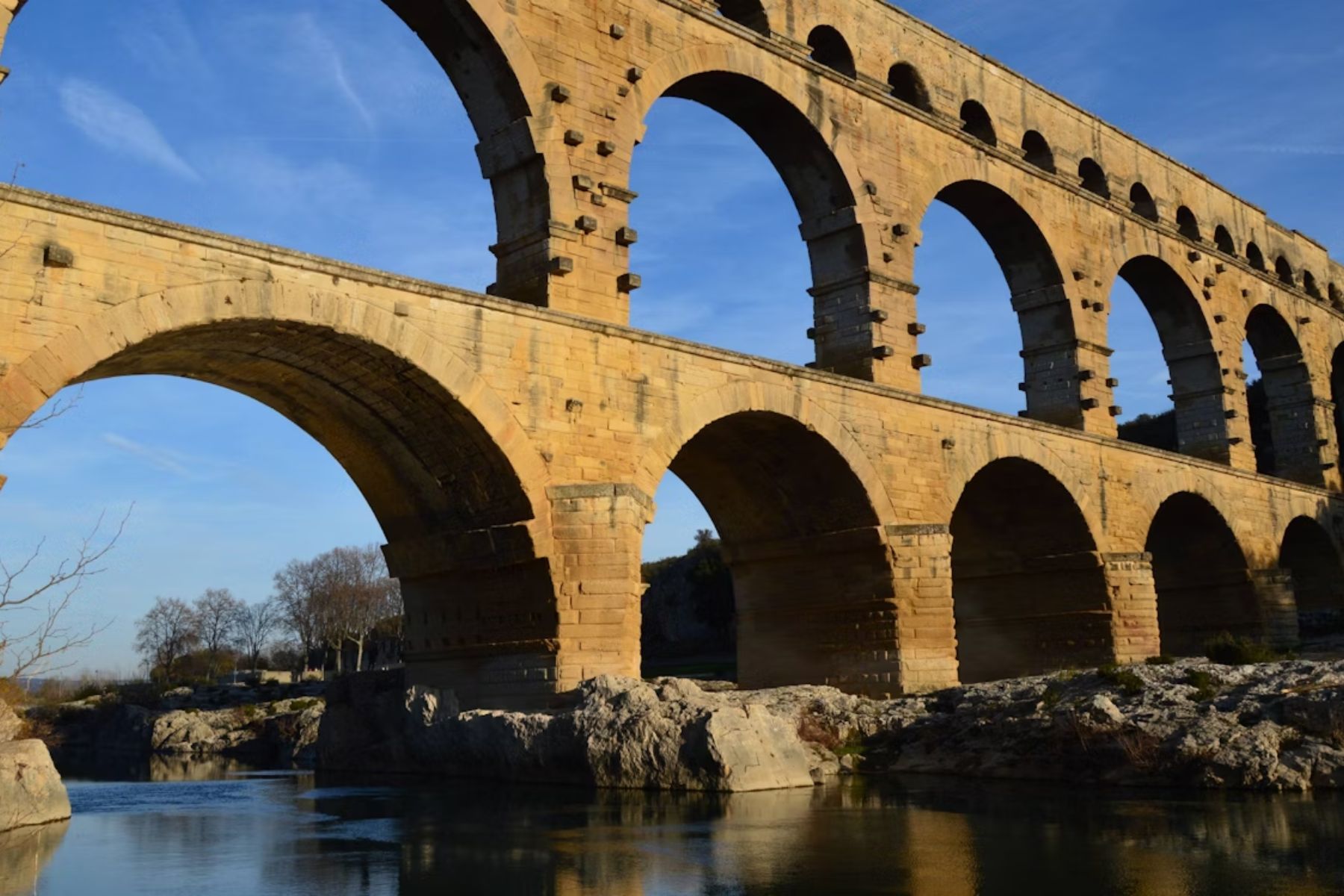
Gracefully arching through the heart of Segovia, this Roman aqueduct has stood since the 1st century AD, without a single drop of mortar. Over 160 perfectly aligned arches stretch nearly 11 miles, with parts in use until the 19th century. More than an ancient utility, it displays the city’s identity and draws visitors from around the world. Now, here are seven wonders that honestly don’t justify the hype or the time you’ll spend wondering if the gift shop was the real attraction all along.
Coral Castle, Florida
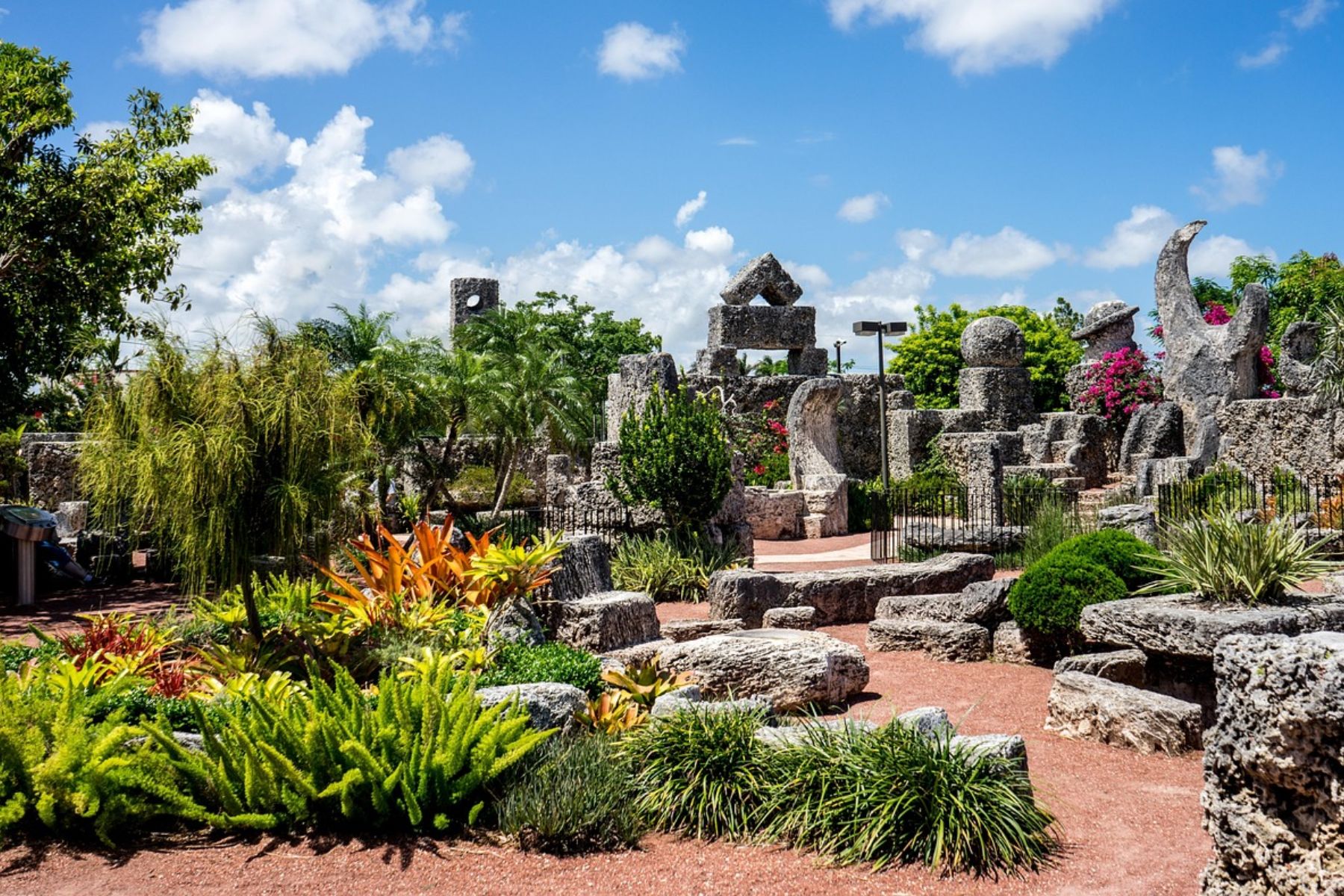
Coral Castle might spark curiosity, but it quickly disappoints those seeking historical depth. Built in the 20th century by Edward Leedskalnin, it lacks the ancient origins or cultural weight typical of true wonders. Moreover, its limited architectural simplicity offers little beyond novelty, and its reputation leans heavily on mystery rather than meaningful heritage.
Newgrange, Ireland

Newgrange carries immense age and historical weight, with origins stretching back over 5,000 years. Extensive reconstruction, however, conceals many of its original features beneath modern layers. Plus, the famed winter solstice lightbox aligns briefly each year, and strict guided tours limit what visitors can truly see or experience inside.
Tulum Ruins, Mexico
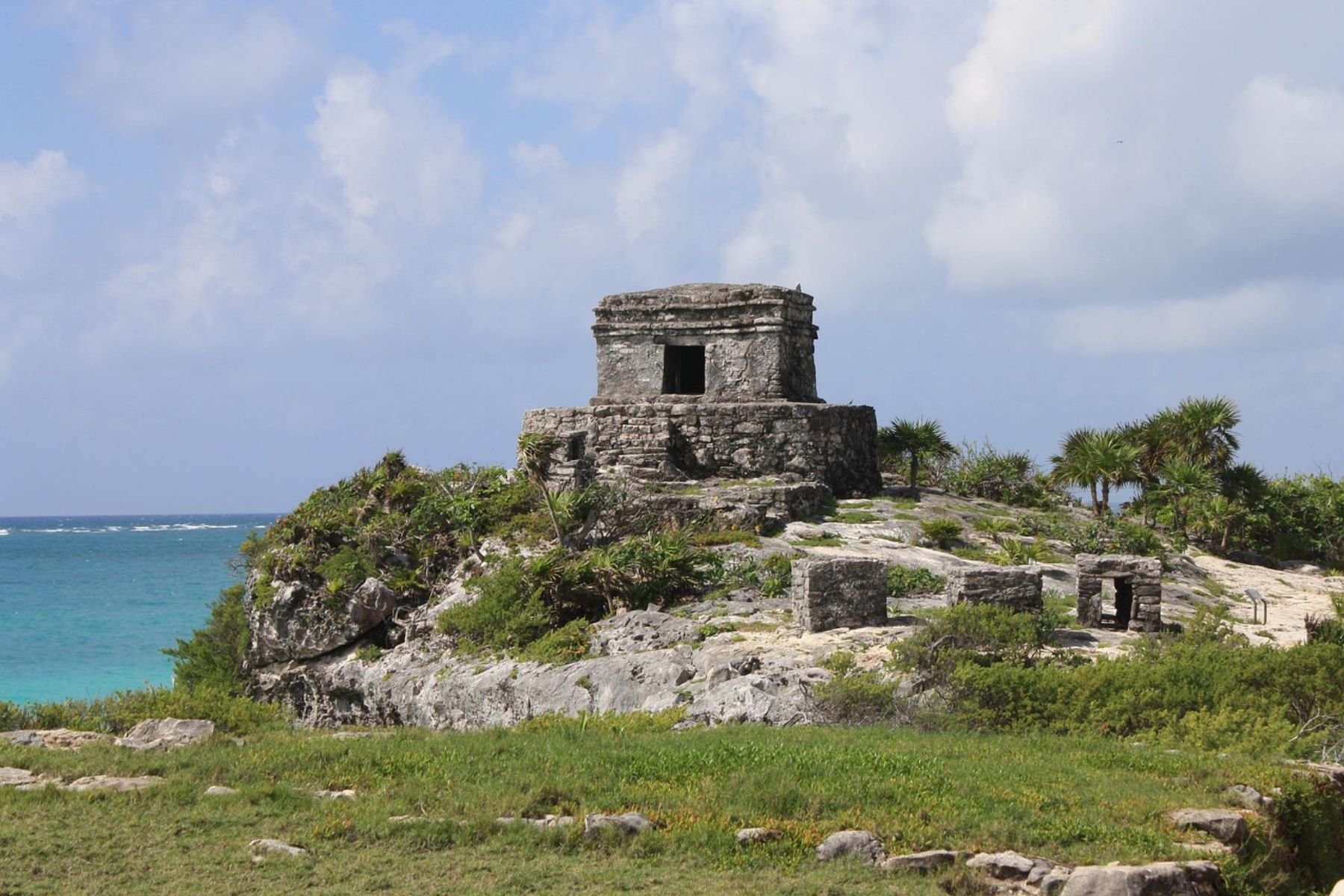
Tulum’s ruins barely hold up under the hype. Most structures are worn down to scattered stones, with only hints of their former presence. Here, tourists flood the site more for beach access than ancient intrigue, and with minimal signage or explanation, the history feels like an afterthought rather than the main event.
Pyramids Of Meroë, Sudan

Framed by endless desert, the Pyramids of Meroë quickly fades on closer inspection. Scattered across the sand, more than 200 pyramids stand in varying states of ruin, many decapitated by looters or crumbling from long-standing neglect. The site’s remote location provides almost no visitor infrastructure, and restoration efforts remain nearly invisible.
Palace Of Knossos, Crete

Arthur Evans reshaped the Palace of Knossos using concrete and bold colors, often without solid historical backing. Original elements were replaced, repainted, or buried under guesswork. The result is less authentic ruin and more early 20th-century interpretation, which is a theme park wrapped in concrete ambition.
Chichen Itza, Mexico

If you’ve ever dreamed of climbing a Mayan pyramid, Chichen Itza might leave you stuck on the ground. Most structures are off-limits and strictly for viewing. Tourists pack the site shoulder-to-shoulder, while souvenir stalls turn sacred space into a shopping zone. Besides, partial reconstructions blur the line between original wonder and modern makeover.
Moai Statues Of Easter Island, Chile

Numerous figures of the Moai Statues of Easter Island have been toppled or fractured through centuries of conflict and exposure. Those that remain upright show heavy erosion. Beneath the surface, countless others are still partially buried. Though the Moai still amazes, what greets visitors today is a site battling to hold on to its fading majesty.









